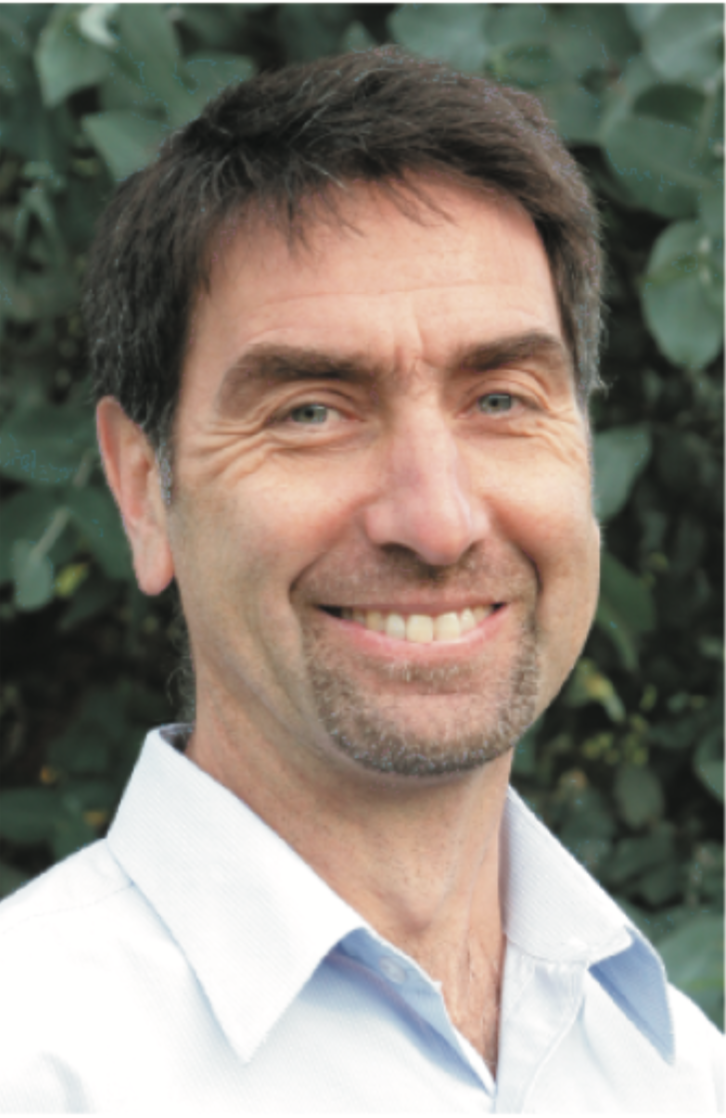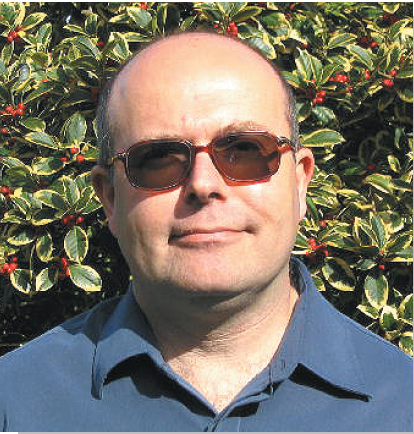In Aotearoa, things are beginning to hot up ahead of the election. Literally. While Southern Europe burns, and Maui is tragically consumed by wildfires, a recent report noted that the Southern Ocean has been up to 4o warmer this past summer than normal. If for some strange reason you weren’t quite convinced by the science of climate change, this reality may have started to help.
The Southern Ocean is notoriously cold and hostile, but over summer this year the waters around Rakiura/Stewart Island were often 4o higher than their 25-year average. If you wanted to get into your togs and brave the Great Whites around Oban on Rakiura, you’d normally be looking at a sea temperature of just over 14o. This summer, on two, prolonged occasions, the temperature reached over 18o. To put it in context, for those of us who surf or swim around the Southern tip of New Zealand, this change in temperature is physically noticeable as the sea reaches your more sensitive bits.
The North Island has seen a series of unprecendented rainfall events. ‘Events’ is not really the best way to describe them- it really started raining before Christmas and hasn’t stopped since. The only variation has been the intensity. At a meeting with a group of farmers in Rotorua earlier this month, a number of them mentioned they’d recorded 4m of rain over last season on their properties. This is more than double their normal and is approaching the legendary biblical rainfall of the South Island West Coast.
Added to that was the impact of Cyclone Gabrielle in February which hit the upper North Island, just as they were mopping up from an extreme rainfall event at the end of January. Sadly, these events didn’t just bring devastation, but also death, including a veterinarian who was working as a firefighter and helping evacuate houses at the time.
For a few years now we’ve not allowed overseas investors to invest in developing farms, but we have allowed them to invest in wrecking them- by planting pine trees all over good quality farmland. No, I dont pretend to understand this either. This has been good for overseas investors, and for those selling farms (the average value of sheep and beef farms sold for trees is approximately 3-4 times those sold for real farming), but disastrous for ecology, rural communities, ecosystems, infrastructure and anyone living downstream. North West Scotland tried this 50 years ago, and ended up with a vast acidic, boggy monoculture where nothing grew or lived- except pine trees. We avoided the acidic bog and ended up with $10bn worth of infrastructure damage instead as the externalised costs of pine trees destroyed roads, bridges and communities downstream after the last cyclone.
Now, with the election looming, politicians are suddenly turning green. Except for the Greens, who are suddenly turning to tax restructure. But that’s ok, a key feature of this election seems to be that every party is out of ideas and is stealing the others’ policies. What this means of course, is there is the (admittedly vague) possibility that we may get some good policies that support environmental sustainability.
Of course in general, planting trees is generally a good idea. So, rather than stop it, it could easily be amended. Planting native species would have only upside- encouraging the redevelopment of a struggling ecosystem, as well as providing carbon sink. Of course it’s not as profitable as pine trees, but only if you only count financial capital. If you dared consider social, community, ecosystem and human capital you may find this a far more ‘profitable’ approach. Finally, with election time coming, some politicians are at least considering this.
They’re also considering our approach to Predator Free 50. This is our aspirational goal to remove a bunch of small predators from Aotearoa by 2050. Sadly not all predators- but possums, stoats and rats. These 3 introduced species decimate our native bird species- kiwi, kakapo, kōkako, kākā, kererū, toutouwai (Robin), tīeke (Saddleback) are all threatened; and they also impact species of native bats, reptiles, snails and insects.
Sadly, we have other predators, which aren’t (currently) covered by PF2050- deer destroy the understory of the native bush, and cause immense damage. They’re not the only introduced ungulate doing this- pigs, thar, goats and chamois are also contributors- but deer are having the most impact. Currently, the understory on Rakiura is virtually eliminated, and on the point of ecosystem collapse. Critically, it’s been estimated that the understory of native bush in New Zealand contributes more to carbon sequestration than the rest of the bush. So losing this is not just an ecosystem disaster, but a climatic disaster too.
Wild wallabies, once localised around Waimate in the mid-South Island, have now spread way beyond that immediate area and multiplied, causing similar damage. And cats are probably the most contentious of all introduced species. They are – of course- consummate hunters. But cats are also some of our best friends, and there is little difference in impact between your best tabby and the average feral moggy. Trapping and killing the latter often leads to inadvertent killing of some of the former, and the recent feral- cat hunting section of a North Canterbury school fundraiser had to be cancelled when it faced a viral global backlash from cat lovers.
The complexity of the intertwining of ecosystems, native and introduced populations, and climate change means that these large issues are often overlooked in our rush for ‘growth’. But, if we are to live sustainably in this amazing corner of the world, these are issues that are critically important and need to be addressed. I’m not daft enough to think that any politician will keep their green promise beyond October, but at least they’re discussing it. And hopefully this isn’t just more warm air.
Mark Bryan




